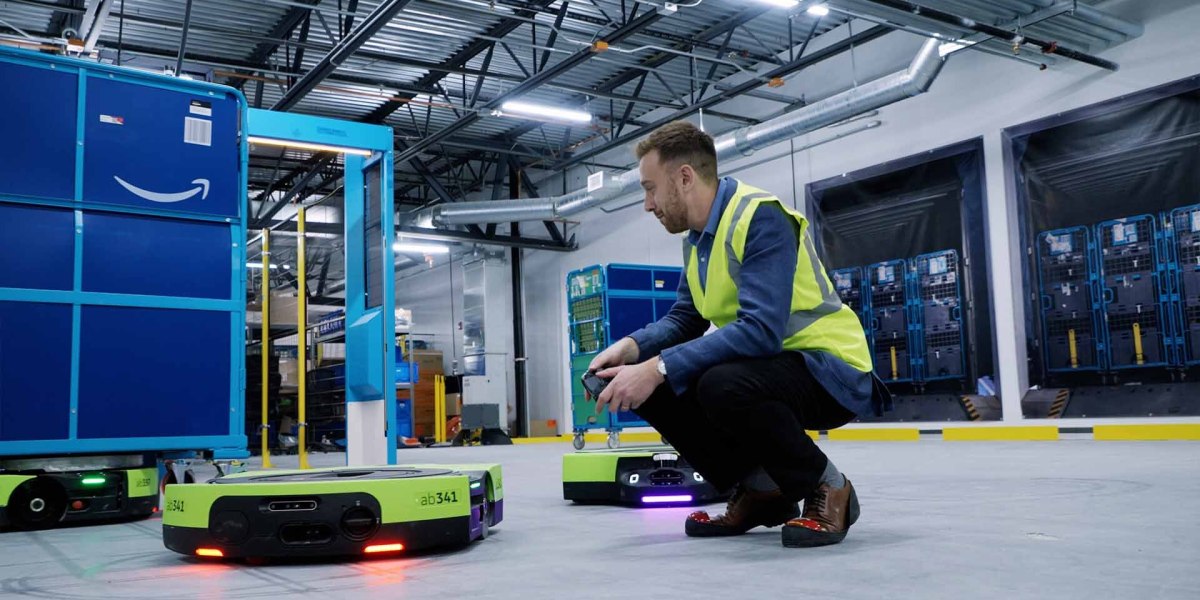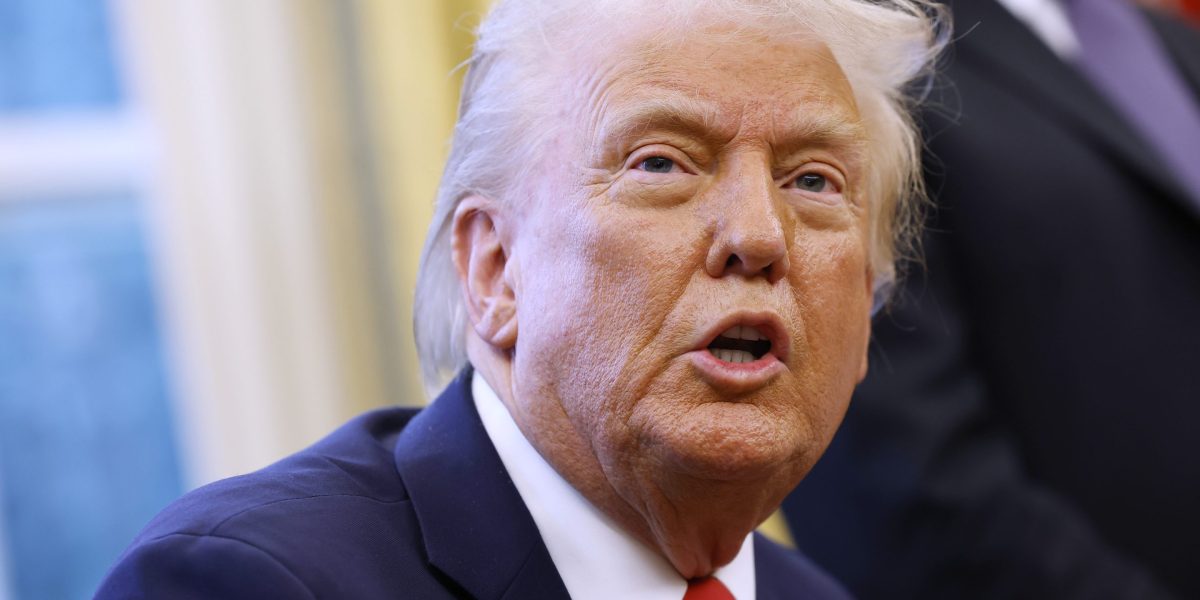U.S. President Donald Trump fired the “opening salvo” of his second trade war on Tuesday as a new 10% levy on Chinese goods came into effect.
Beijing retaliated soon after. China will impose a 15% tariff on imports of U.S. coal and liquefied natural gas, and a 10% tariff on crude oil, agricultural machinery, large engine cars, and pickup trucks, according to a statement from the Ministry of Finance.
Separately, China’s State Administration for Market Regulation said it would launch an investigation into Google for alleged anticompetitive practices. The SAMR’s statement did not elaborate on how Google may have violated the law.
Google withdrew its search product from China in 2010 because of concerns over censorship, yet it still maintains offices in the country for its advertising business.
China is increasingly flexing its antitrust muscles against non-Chinese tech companies. In 2023, the SAMR scuttled a deal between Intel and Tower Semiconductor by failing to give timely approval for the merger. Then, last December, China announced it was launching an anti-monopoly probe into Nvidia over its acquisition of Mellanox Technologies.
Finally, China designated Calvin Klein owner PVH Corp. and biotech company Illumina as “unreliable entities,” a designation that could lead to punitive actions by Beijing. Last September, Beijing said it would investigate PVH for allegedly boycotting cotton grown in Xinjiang.
How are markets reacting to new tariffs?
On Monday, the U.S. delayed the imposition of new tariffs on China and Mexico by 30 days. Trump said he held off on the new taxes after both countries agreed to deploy troops to reinforce their respective borders with the U.S.
Trump also said that he could speak to Chinese President Xi Jinping as soon as this week. The two leaders last spoke via phone on Jan. 17, days before Trump took office.
Asian markets rose on Tuesday, though gains were pared back slightly as both U.S. tariffs came into effect, followed by China’s announced retaliation. Investors were particularly optimistic about Chinese tech companies, with the Hang Seng Tech Index rising by almost 4.5%.
The CSI 300 index, which tracks the top 300 companies traded in Shanghai and Shenzhen, dipped by 0.28% in early trading on Wednesday. Markets in mainland China have been closed since Jan. 28 owing to the Chinese New Year holiday.
Why is Trump imposing new tariffs on China?
Trump has suggested that the new 10% tariff is the result of China not doing enough to control the flow of fentanyl into the U.S. Beijing and Washington have had some cooperation over fentanyl in recent years, including a counter-narcotics working group that was launched in January last year.
On Tuesday, China’s Ministry of Finance accused the U.S. of violating the rules of the World Trade Organization, and said new tariffs wouldn’t help the U.S. resolve its own problems.
The new Trump tariff could subtract 0.4 percentage points from China’s 2025 GDP growth, Larry Hu, Macquarie’s chief China economist, estimated in a note published Monday. Hu calculated that new stimulus of 500 billion yuan ($70 billion) could offset the drag on growth.
Correction Feb. 5, 2025: This piece has been updated with the latest CSI 300 benchmark movements as an earlier version incorrectly stated that mainland Chinese markets opened on Feb. 4
This story was originally featured on Fortune.com
Source link

 Entertainment8 years ago
Entertainment8 years ago
 Politics8 years ago
Politics8 years ago
 Entertainment8 years ago
Entertainment8 years ago
 Entertainment8 years ago
Entertainment8 years ago
 Tech8 years ago
Tech8 years ago
 Tech8 years ago
Tech8 years ago
 Tech8 years ago
Tech8 years ago
 Politics8 years ago
Politics8 years ago







